Contents
Dual-stage and single-stage air compressors are two of the most frequently used compressor categories in the market. Both come with their pros and cons, which should be considered while deciding what air compressor to buy. The Following Blog Post will help you in finding the top compatible one for your needs.
Single-Stage VS Two-stage Rotary Screw Air Compressor
Single-Stage VS Two-stage Rotary Screw Air Compressor
1. Single-Stage Rotary Screw Air Compressor
A single-stage rotary screw compressor is a type of air compressor that uses one rotating helical screw element to compress air. The screw element is driven by an electric motor.
In some respects, the single-stage rotary screw compressor may be considered as a positive displacement motor as it delivers a fixed volume per revolution. This fixed volume for each rotor is called swept volume (compressed volume). It is the volume, which will be occupied by the gas when the rotor returns to step 1 position.
Single-stage rotary screw compressors are commonly used in a range of applications, including home and business AC.
2. Two-Stage Rotary Screw Air Compressor
The Two-Stage Compressor is an efficient way to provide compressed air for your tools whenever you need it.
A dual-stage rotary screw compressor is a type of air compressor that uses two rotating helical screw elements to compress air. The screws are typically driven by two electric motors, one for each stage.
The two-stage air compressor is capable of providing a greater volume of compressed air at various pressures, which are desired for most pneumatic applications. In addition, unlike single-stage units, there is no significant pressure fluctuation in their output. The two-stage air compressors best suit a larger air compressor for better performance.
Major differences between Single-stage & Dual-stage Air Compressor
Major differences between Single-stage & Dual-stage Air Compressor
- The major differences between a single-stage and dual-stage rotary screw compressor are the number of stages and the compression ratios.
- A rotary screw compressor having single stage has one stage and a compression ratio of 8:1 or less. A dual-stage rotary screw compressor has two stages and a compression ratio of 16:1 or greater.
- The number of stages affects the discharge pressure and the compressed air capacity. A single-stage rotary screw compressor has a discharge pressure of approximately 150 psi (10 bar) and a compressed air capacity of approximately 500 scfm (14 m3/min). A dual-stage rotary screw compressor has a discharge pressure of approximately 300 psi (20 bar) and a compressed air capacity of approximately 1000 scfm (28 m3/min).
- Two-stage compressors start quicker and operate more quietly than single-stage units.
- A single-stage unit is suitable for small home workshops, while double-stage air compressors are generally preferred for bigger industrial operations.
- To provide the same amount of air, two stages use about half the horsepower that a single-stage unit does.
- Single Stage Air Compressor produces pressure fluctuations as it operates while Two Stages Air Compressor delivers constant pressure.
Single-stage VS Dual-Stage Air compressor which one is ideal?
Single-stage VS Dual-Stage Air compressor which one is ideal?
- A single-stage air compressor is suitable for low-volume applications such as home workshops, tire inflation, and some nailers.
- The two-stage air compressor is generally more economical than a single-stage because it uses less horsepower and starts quicker than a single-stage unit. For the same capacity of compressed air, two stages require about half the motor hp of a single-stage compressor.
- Two-stage air compressors are preferable when the requirements for compressed air pressure fluctuate considerably, such as in pneumatic tools and spray applications. However, they generally produce less volume than single-stage models at any given pressure level.
- A two-stage unit is also preferred for machines that require an unvarying supply of compressed air, such as production-line machines that use drills or riveters.
- Dual-stage air compressors have relatively higher prices than single-stage units, but their advantages generally offset the additional cost.
- A single-stage unit is not cost-effective for large operations because the pressure drops significantly as the air passes through it. For example, if a 15-HP air compressor is used for 100 cfm, it needs to run at full thrust, which makes it extremely noisy.
- The single-stage rotary screw compressor has a lower discharge pressure than the dual-stage rotary screw compressor.
- The single-stage rotary screw compressor has a lower compressed air capacity than the dual-stage rotary screw compressor.
Single Stage VS Double Stage Air Compressor Longer Life Expectancy
Single Stage VS Double Stage Air Compressor Longer Life Expectancy
- Two stages have oil-lubricated bearings, which makes them more stable and gives a longer shelf life.
- The double-stage rotary screw compressor has a longer life expectancy than the single-stage rotary screw compressor.
- The double-stage rotary screw compressor has fewer moving parts than the single-stage rotary screw compressor.
- In single-stage compressors, half the time, the shaft is exposed to atmospheric pressure. If water gets inside, it can corrode the shaft because there’s no oil film to protect it. With a two-stage compressor, only the head moves up and down. The shaft remains lubricated.
- Each stage is dynamically balanced, so they are less permitting to vibration problems.
- The two-stage compressors are more efficient, producing twice the output of a single-stage compressor with half the motor HP.
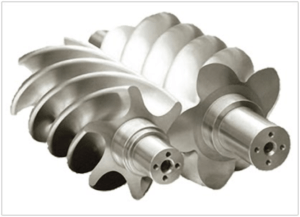
How do you determine the CFM requirements for each system?
How do you determine the CFM requirements for each system?
Your application will likely fall into one of these categories: Power Air Compressors Used to Drive Single Acting Tools & Equipment Power Air Compressors Used to Drive Double Acting Tools & Equipment Compressor Accessories.
Power Air Compressors Used to Drive Single Actuating Tools & Equipment:
- You’ll need a compressor with only enough CFM capacity to keep up with the tool.
- Tool Air Consumption will determine the required CFM of your Power air compressor. Power air compressors are used to drive single-acting tools & equipment, such as nail guns or drills.
- If you’re using a tool that needs only 20 SCFM to run at full capacity, a 3 HP compressor will be adequate if it can deliver 30 SCFM.
Power Air Compressors Used to Drive Double Acting Tools & Equipment:
- Two-Stage rotary screw compressor air compressors are preferred for machines that require an unvarying supply of compressed air, such as production-line machines that use drills or riveters.
- Double-acting tools & equipment require a double stage compressor that can provide more CFM after the tool is pushed to its full capacity and needs to be pulled back up again.
- A two-stage unit can produce 10 PSI more at twice the CFM. Three times the horsepower for half the cost of a single-stage compressor.
In conclusion, it is important to acknowledge the contrast between a single-stage and two-stage air compressor. The best air compressor for you is determined by your needs. If you have any questions about this article or would like help deciding which type of air compressor may be right for you, please feel free to contact us!

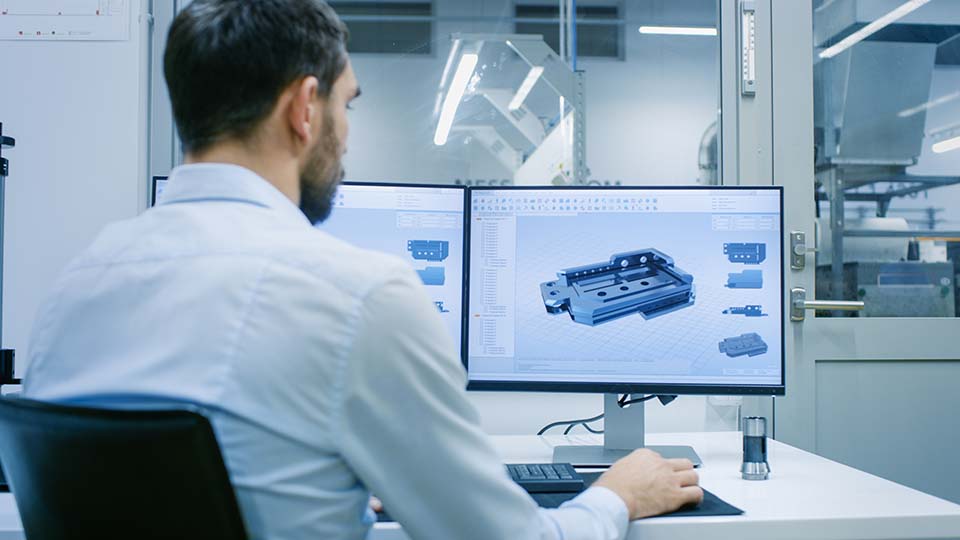
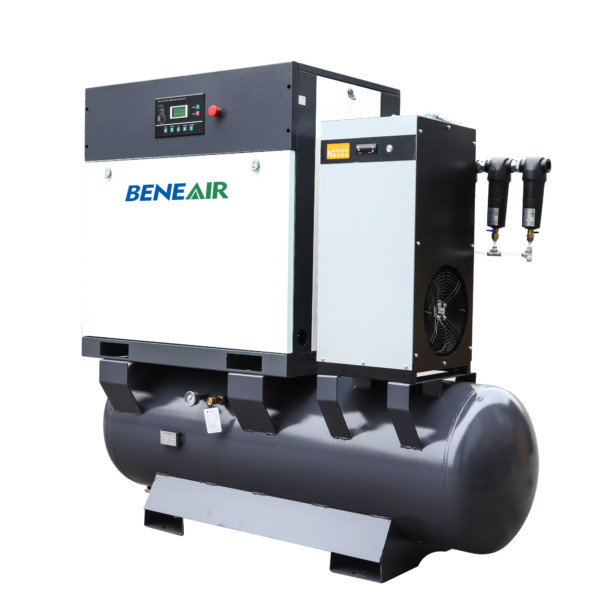
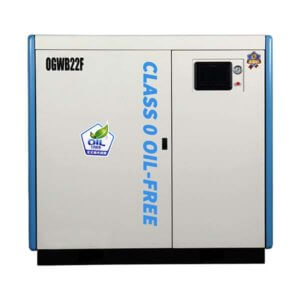
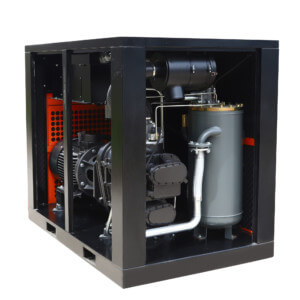
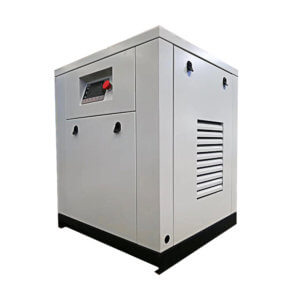
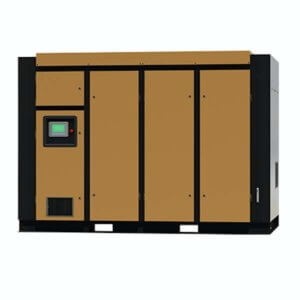
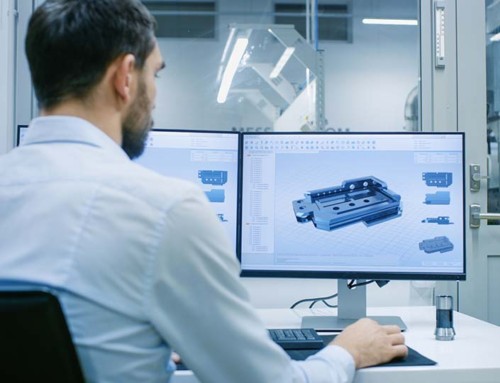


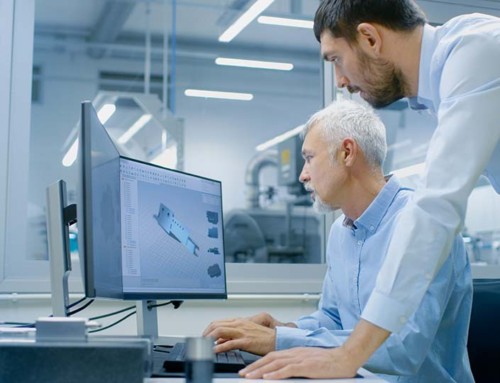
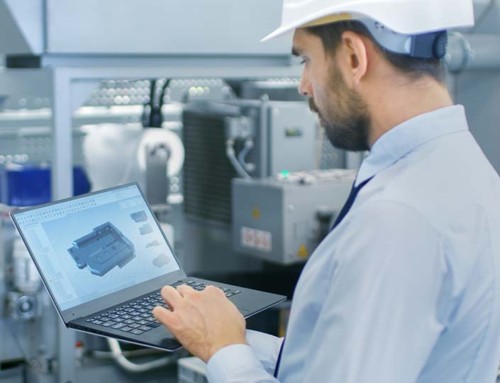
Leave A Comment